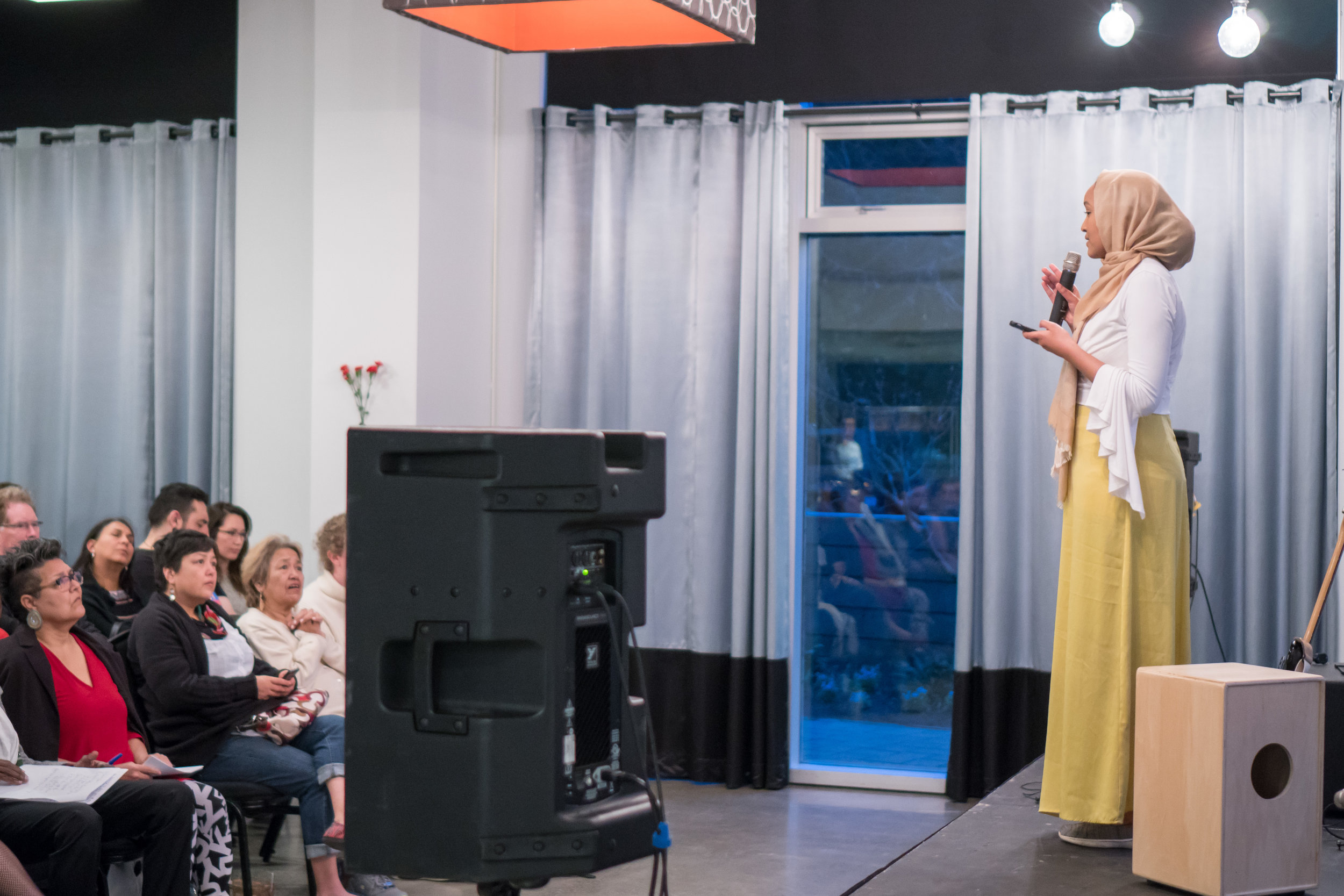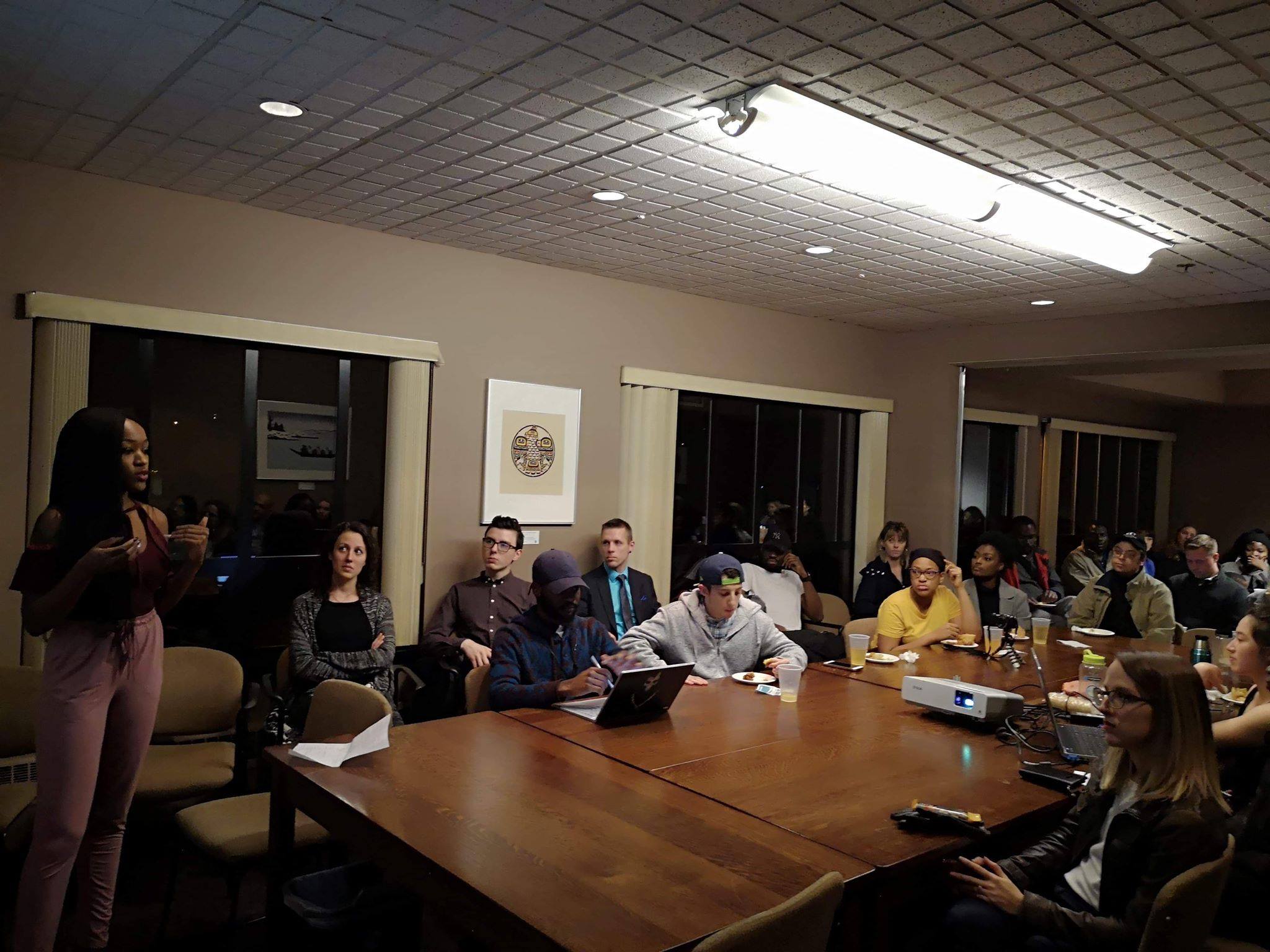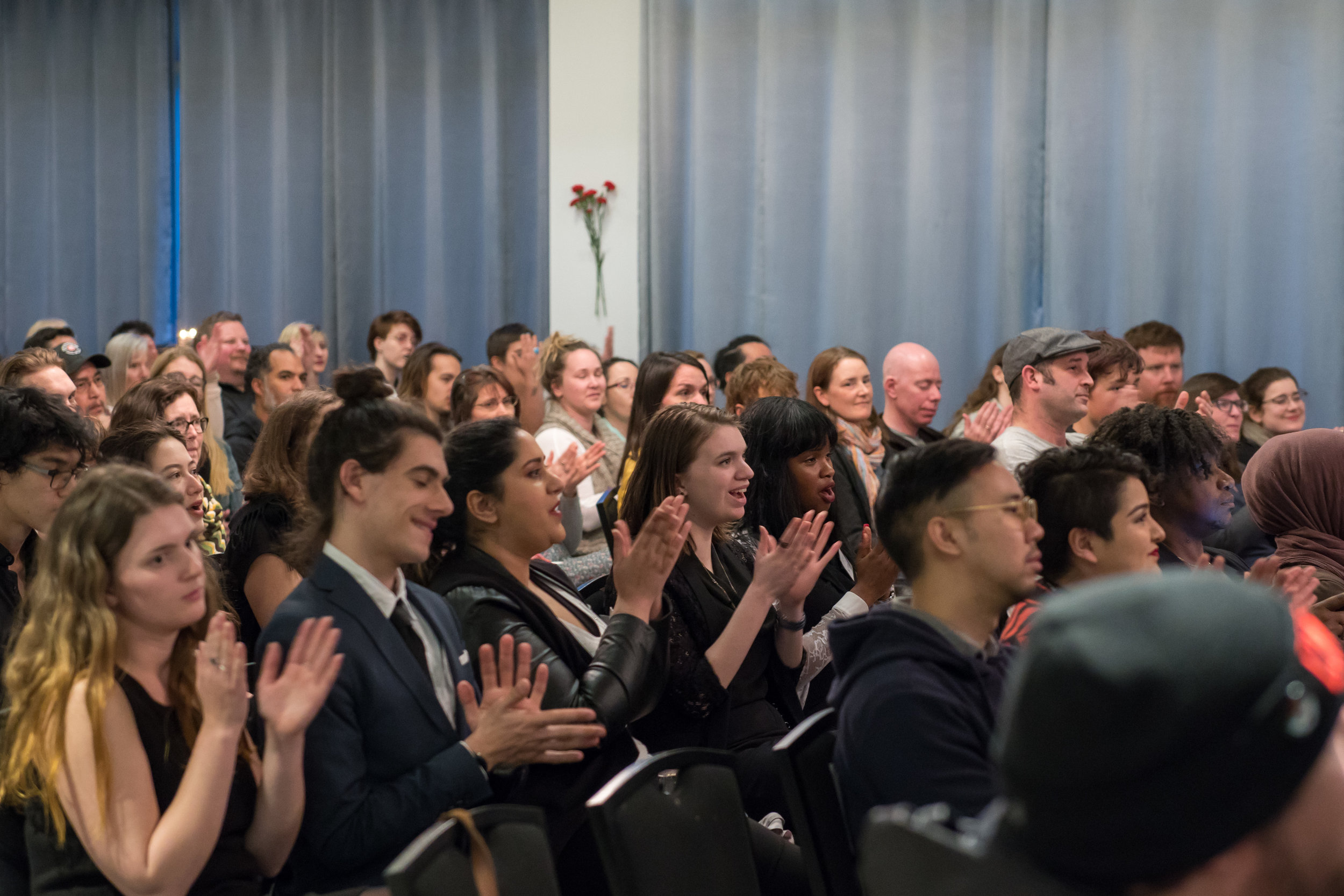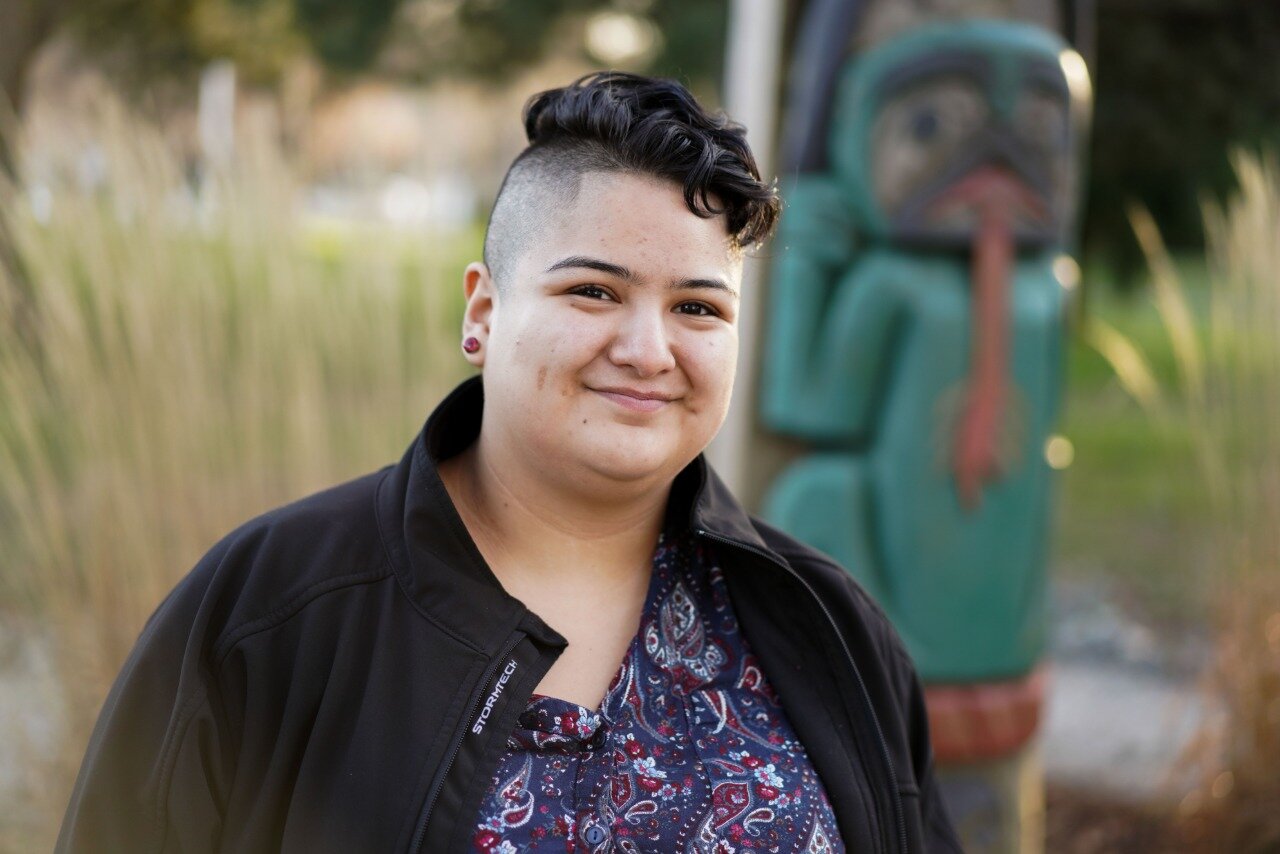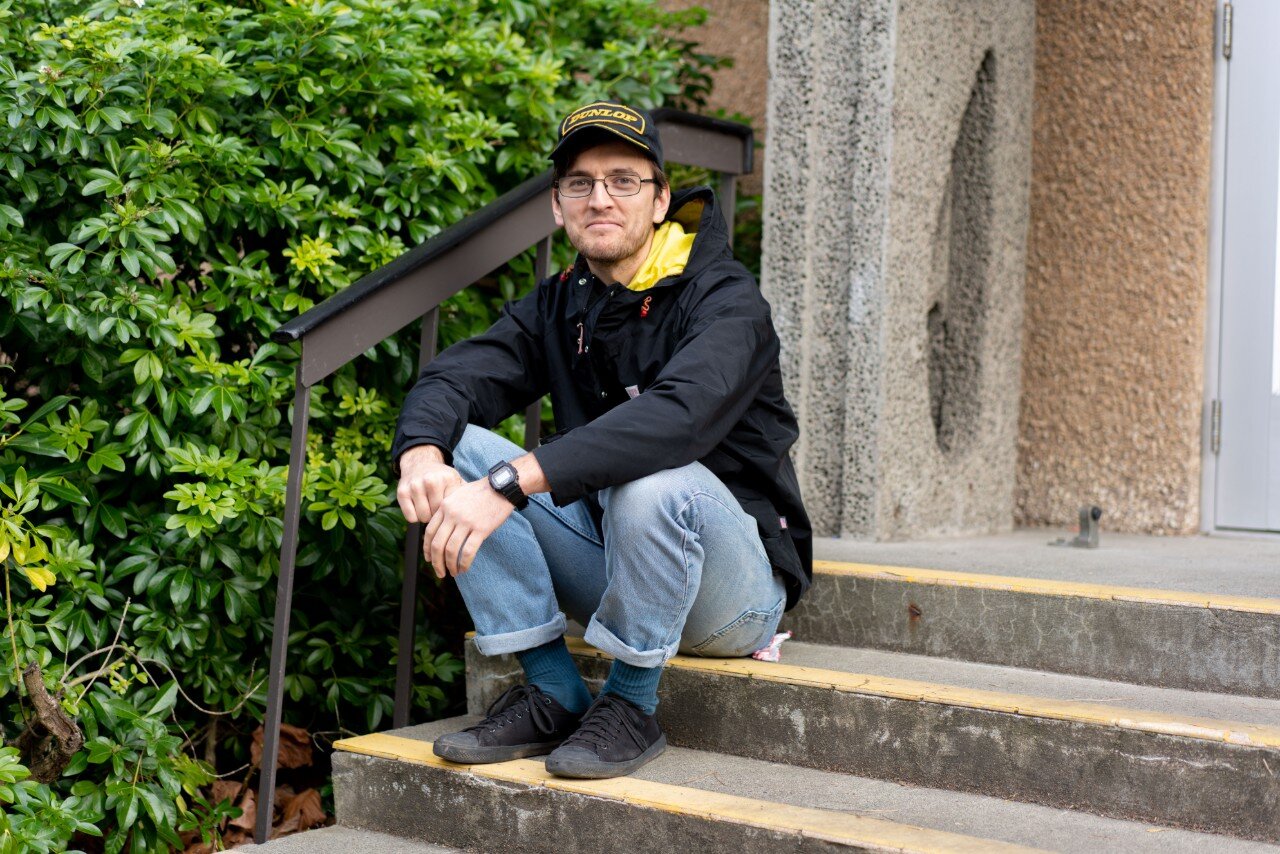ARIE Research: Exploring What it Means to Practice Community-Based Research
What is community-based research, and how can this framework be used to improve the processes and outcomes of social research?
While the collection of information for research purposes has often focused on gathering information ‘objectively’, there’s growing attention in social sciences towards recognizing the risk of research practices replicating colonial processes. Often, participants and researchers are thought of in distinctive hierarchies; knowledge is generally thought to flow from the participant to the researcher (Hotze, 2011). This leaves little room for relationship-building and reciprocal knowledge transfer, and research products may or may not be beneficial or accessible to participants or community members. In some cases, these conditions have been, or continue to be, damaging and exhaustive for research participants and communities (Broesch et al., 2020).
While not offering a magic solution to all of these issues, the framework of community-based research (CBR) offers another option for more collaborative work. Research that engages with community members (in a variety of ways, and to different degrees) has developed into different subfields, such as community-based participatory research, community engaged scholarship, and participatory-based action research (Cutforth, 2003). While each field has important differences and nuances, the goal of ensuring that research processes include, and are useful to, participants and community members, is held in common (Ferreira & Gendron, 2011). CBR aims to incorporate community members into the whole research process, relying on a foundation of reciprocity, and prioritizing participant and community needs (Ferreira & Gendron, 2011). When done ethically, in accordance with guiding principles shared and adhered to by all parties, community members can participate in research as active and valued members of the team. The goals of the research, from the design, questions, and outcomes, are meant to serve specific needs of a community.
However, just like other types of research, it’s important to evaluate CBR practices and processes, and ensure research is supporting the population it is intended to serve. In Jodie Ashini’s July 2023 comments to the CBC (“Innu Nation working to flip the thesis on how research is done on Innu land”) she notes that a lot of researchers have come to work with the Innu Nation but left without sharing research findings. Ashini points out that having Indigenous community members have ownership over research questions, design, content, and outcomes, is an important part of self-governance. Western scientific researchers still often group diverse individuals into one “community” (Delman, 2019). When researchers don’t examine the larger context of their research and the diversity of communities, they risk homogenizing and dehumanizing people. This homogenization means individuals don’t have agency, and a static and likely inaccurate image of a diverse array of lived experiences is created. Further, western academic science is still often valued more than other ways of knowledge; within a CBR framework, acknowledging and addressing underlying context and bias can be just as important as recording information.
The key foundation of CBR is the fluidity it can allow for all members of the team to embody different positions. In the Advancement Project’s 2011 document “A Short Guide to Community Based Participatory Action Research”, they specify that CBR can “facilitate collaborative, equitable partnerships in all phases of research, balance research and action for the benefit of all, promote joint learning, skill-sharing and capacity-building among all partners" (p.8). Cutforth et al. (2003) highlights how beneficial this can be, where “…everyone at the research table is a teacher, learner, and contributor to the final product” (p.6). Because people can take on many different roles, this can be a great method to teach, learn and provide a platform for change (Advancement Project, 2011). The strength of CBR can be derived from the ability to respond to changes; individual, community, and research teams' needs can impact the process and strengthen the outcomes and results. Having checkpoints in place along with a forum of people to discuss the direction of the research is extremely important, as it offers a space to ask questions and provide feedback on the progress of the research.
One positive example of a CBR process is repatriating all materials and findings to participants, community members, and leadership, after projects are finished. The Advancement Project’s Justice Project is an example of an organization that does this; they support “…grassroots movements in communities of color that challenge racial criminalization and attack all aspects of the criminal legal system…” (para. 1). This not only benefits research but also community members. Research questions can be developed that are more reflective of community interests, and the accuracy of research results is also improved (Minkler, 2005).
As an organization, CREAN values the ways that CBR can allow knowledge to flow to and from our organization, with the aim of enriching, supporting, and improving the experiences of diverse and vulnerable populations. Our research is grounded in CBR practices, but we are also always working to understand and challenge the implicit assumption that “communities” are one voice in the research process. Amplifying many different voices throughout the research processes, and ensuring that our community-based Advisory Committee helps guide our actions, are two important ways we hope the Anti-Racism in Education project (ARIE) will keep providing important, relevant, useful, context-based research outcomes.
The project is funded by the Government of Canada.
Links:
A Short Guide to Community Based Participatory Action Research
Community-Based Research Partnerships: Challenges and Opportunities
Identifying the Challenges in Community-Based Participatory Research Collaboration
Innu Nation Working to Flip the Thesis on How Research is Done on Innu Land
Navigating Cross-Cultural Research: Methodological and ethical considerations


